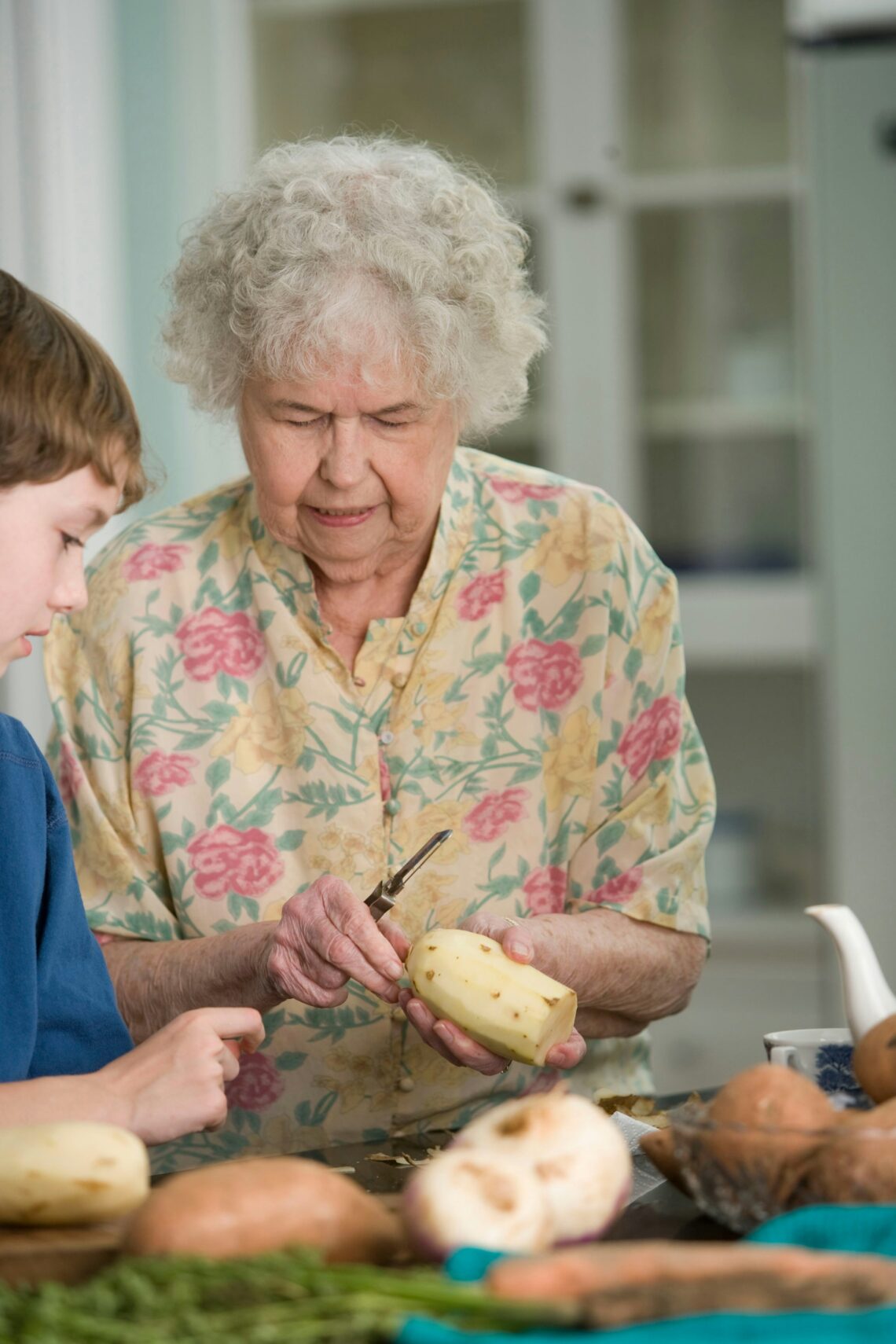Embracing Mindfulness for a Balanced Life and Enhanced Wellbeing
In our fast-paced, constantly connected world, the concept of mindfulness often feels like a fleeting whisper amidst the cacophony of notifications, deadlines, and endless to-do lists. It’s as if we’ve been sprinting on a treadmill, our feet moving rapidly but our minds wandering to a million different places. I remember a time when I was juggling deadlines like a circus performer—only instead of applause, all I got was a severe case of burnout. That was my wake-up call; I had to find a way to hit the pause button, if only for a moment. Enter mindfulness.
But what exactly is mindfulness? At its core, mindfulness is the practice of being present in the moment, fully engaged with whatever you’re doing. It’s about tuning in to your thoughts, feelings, and bodily sensations without judgment—a tall order in a world that often pulls us in every direction. Some would say it’s an art; others, a science. Regardless of how you see it, the benefits of embracing mindfulness are hard to ignore.
The Science Behind Mindfulness
You might be wondering, “Is mindfulness just another wellness fad?” Well, let’s look at the research. Studies suggest that mindfulness can enhance emotional regulation, reduce stress, and even improve physical health. A significant number of scientific papers have documented its positive effects on anxiety, depression, and chronic pain. For instance, a meta-analysis published in the journal Psychological Bulletin found that mindfulness-based interventions can lead to moderate reductions in anxiety and depression. That’s not just fluff; it’s solid evidence.
Moreover, neuroscientific research has shown that mindfulness practices can affect the brain’s structure and function. For example, regular mindfulness meditation is linked to increased grey matter density in areas of the brain associated with memory, sense of self, empathy, and stress regulation. (I mean, who wouldn’t want a little more grey matter? It’s like brain muscle, and hey, who doesn’t want to flex a bit?)
How to Get Started with Mindfulness
So, how does one embark on this journey toward mindfulness? It might seem daunting at first, but I assure you, even small steps can lead to significant changes. Here’s a simple guide to get your mindfulness practice off the ground:
- Start Small: Begin with just a few minutes of mindfulness each day. Maybe while sipping your morning coffee, you could take a moment to truly savor the aroma and taste.
- Focus on Your Breath: Breathing is a powerful anchor. Take a few deep breaths, inhaling through your nose and exhaling through your mouth, paying attention to the sensation of air filling your lungs.
- Observe Your Thoughts: When thoughts arise, and they will, try to observe them without judgment. Think of them as clouds floating by in the sky—acknowledge them, then let them drift away.
- Practice Gratitude: Incorporating gratitude into mindfulness can amplify its benefits. Each day, take a moment to reflect on what you’re thankful for—be it a warm cup of tea or a sunny day.
- Engage in Mindful Activities: Whether it’s eating, walking, or even washing the dishes, you can infuse mindfulness into daily routines. Focus on the sensations, sounds, and feelings involved in the activity.
Remember, it’s not about perfection; it’s about progress. As my yoga instructor often says, “It’s not about how deep you go, but how honest you are with yourself.”
The Benefits of Mindfulness
Practicing mindfulness can lead to a plethora of benefits. Here are a few that might resonate with you:
- Improved Mental Clarity: With regular practice, you may notice an increased ability to focus and concentrate. Your mind will be less cluttered, making it easier to tackle the day’s challenges.
- Enhanced Emotional Resilience: Mindfulness helps you cultivate a non-reactive awareness of your thoughts and emotions. This can lead to better emotional regulation and resilience against stressors.
- Better Relationships: Being present in conversations allows for deeper connections with others. You’ll find yourself listening more intently and responding with empathy.
- Greater Sense of Wellbeing: Many practitioners report a general sense of happiness and contentment, feeling more grounded in their lives.
Of course, while the benefits are enticing, it’s important to approach mindfulness with realistic expectations. It’s not a magic pill that will solve all life’s problems overnight. Rather, it’s a gentle nudge to return to the present moment, even when life feels chaotic. (Trust me, I’m still working on not checking my phone every five minutes!)
Mindfulness in Different Contexts
Mindfulness isn’t just a standalone practice; it can be integrated into various aspects of life. Let’s explore a few contexts where mindfulness can shine.
Mindfulness in the Workplace
In an era where work-life balance feels like a mythical creature, bringing mindfulness into the workplace can be revolutionary. Many companies are starting to recognize the importance of employee wellbeing, and mindfulness training is often included in wellness programs.
For instance, some organizations host guided meditation sessions during lunch breaks, while others create designated “quiet areas” where employees can retreat to recharge. These initiatives not only boost morale but also enhance productivity. A study published in the Journal of Occupational Health Psychology found that employees who practiced mindfulness reported higher job satisfaction and lower levels of burnout. Talk about a win-win!
Mindfulness in Relationships
When it comes to relationships, practicing mindfulness can help cultivate deeper connections. It encourages active listening, empathy, and a non-judgmental attitude towards your partner’s feelings. I’ve found that when I’m fully present during conversations with my loved ones, I can respond more thoughtfully rather than reactively.
For example, instead of immediately offering solutions when a friend shares their struggles, I’ve learned to simply listen, offering my undivided attention. It’s amazing how much clarity and connection can stem from just being there—no pressure to fix anything, just the gift of presence.
Mindfulness in Parenting
If you’re a parent, you know that life can be hectic—between work, school runs, and extracurricular activities, it can feel like you’re perpetually racing against the clock. Mindfulness can be a game changer here, too. It encourages you to be fully present with your children, cherishing those fleeting moments of childhood.
For instance, during family dinners, try to engage in mindful eating. Put aside distractions, savor the flavors, and engage in meaningful conversations. Not only does it create a nurturing environment, but it also sets a positive example for your children about the importance of mindfulness.
Common Misconceptions about Mindfulness
As with any practice, there are certainly misconceptions that can cloud our understanding of mindfulness. Let’s clear a few things up.
- It’s Not Just for Yogis: While mindfulness is often associated with yoga and meditation, it’s not limited to these practices. You don’t need to sit in lotus position for hours to be mindful; it can be as simple as taking a mindful walk or even being present while brushing your teeth.
- Mindfulness Doesn’t Mean Emptying Your Mind: Many people think that to be mindful, they need to stop thinking altogether. This couldn’t be further from the truth. Mindfulness is about observing your thoughts without attachment, not suppressing them.
- Mindfulness Isn’t a Quick Fix: Some may approach mindfulness expecting immediate results. While it can offer quick moments of relief, it’s ultimately a long-term practice that requires patience and persistence.
As the saying goes, “Rome wasn’t built in a day,” and neither is a mindfulness practice. So, let’s take it one step at a time.
Incorporating Mindfulness into Daily Life
Now that you’re armed with knowledge about what mindfulness is (and isn’t), how can you weave it into your daily routine? Here are some practical tips:
- Start Your Day Mindfully: Instead of reaching for your phone first thing in the morning, take a few moments to breathe deeply and set an intention for the day. It can set a positive tone for everything that follows.
- Mindful Commuting: Whether you’re driving, biking, or taking public transport, use this time to practice mindfulness. Listen to a podcast, focus on your breath, or simply observe your surroundings.
- Digital Mindfulness: In a world where we’re constantly bombarded by screens, try to take regular breaks from technology. Set designated times to check emails or social media, rather than allowing them to dictate your day.
- Create Mindful Rituals: Whether it’s a cup of tea in the afternoon or a nightly gratitude journal, create rituals that foster mindfulness. These small moments can provide a sense of calm amidst the chaos.
Integrating mindfulness into your daily life isn’t about adding another task to your to-do list; it’s about enhancing the way you experience life. It’s a shift in perspective that can yield profound changes.
Overcoming Challenges in Mindfulness
As you embark on your mindfulness journey, you may encounter challenges. Perhaps you find it difficult to quiet your mind, or you struggle with distractions. It’s important to remember that these obstacles are normal. Even seasoned practitioners face difficulties.
One common hurdle is the “monkey mind”—that relentless chatter that seems to take over during meditation. When I first started practicing mindfulness, I found myself mentally drafting grocery lists or pondering my next big article. But here’s the thing: every time you notice your mind wandering, celebrate it! That’s mindfulness in action. The moment you recognize your thoughts drifting is a moment of awareness, and with practice, it gets easier.
The Role of Community in Mindfulness
While mindfulness can be practiced solo, finding a community can amplify your experience. Joining a mindfulness group or attending workshops can provide support and encouragement. Plus, it’s a great way to meet like-minded individuals who share your interest in personal growth.
Many cities offer mindfulness classes, and some even have online options. Engaging with others on the journey can be incredibly motivating. After all, a little camaraderie can go a long way in maintaining accountability—and let’s be honest, it’s nice to have someone to share your “aha” moments with.
Resources for Mindfulness
If you’re looking to dive deeper into mindfulness, there’s a wealth of resources available. Here are a few recommendations to get you started:
- Books: “Wherever You Go, There You Are” by Jon Kabat-Zinn is a classic that beautifully captures the essence of mindfulness.
- Apps: Headspace and Calm are popular mindfulness apps that offer guided meditations and relaxation techniques.
- Websites: The Mindfulness Awareness Research Center at UCLA offers free guided meditations and resources.
There’s no shortage of information out there, and finding what resonates with you can make all the difference. Just remember, mindfulness is a personal journey; what works for one person may not work for another.
Conclusion: The Journey Ahead
As I reflect on my own journey with mindfulness, I’m reminded of how far I’ve come. It’s a continuous process, one that ebbs and flows like the tides. Some days are easier than others, and that’s perfectly okay. What matters is the commitment to keep returning to the present moment, even when life gets chaotic.
Embracing mindfulness is about more than just enhancing wellbeing; it’s about cultivating a balanced life filled with intention and purpose. It’s about learning to savor the small moments—the laughter of a friend, the warmth of sunshine on your face, or even the simple act of breathing.
So, as you embark on your own mindfulness journey, remember this: it’s not about being perfect; it’s about being present. And who knows? You might just find that the path to balance and wellbeing is more rewarding than the destination itself.






